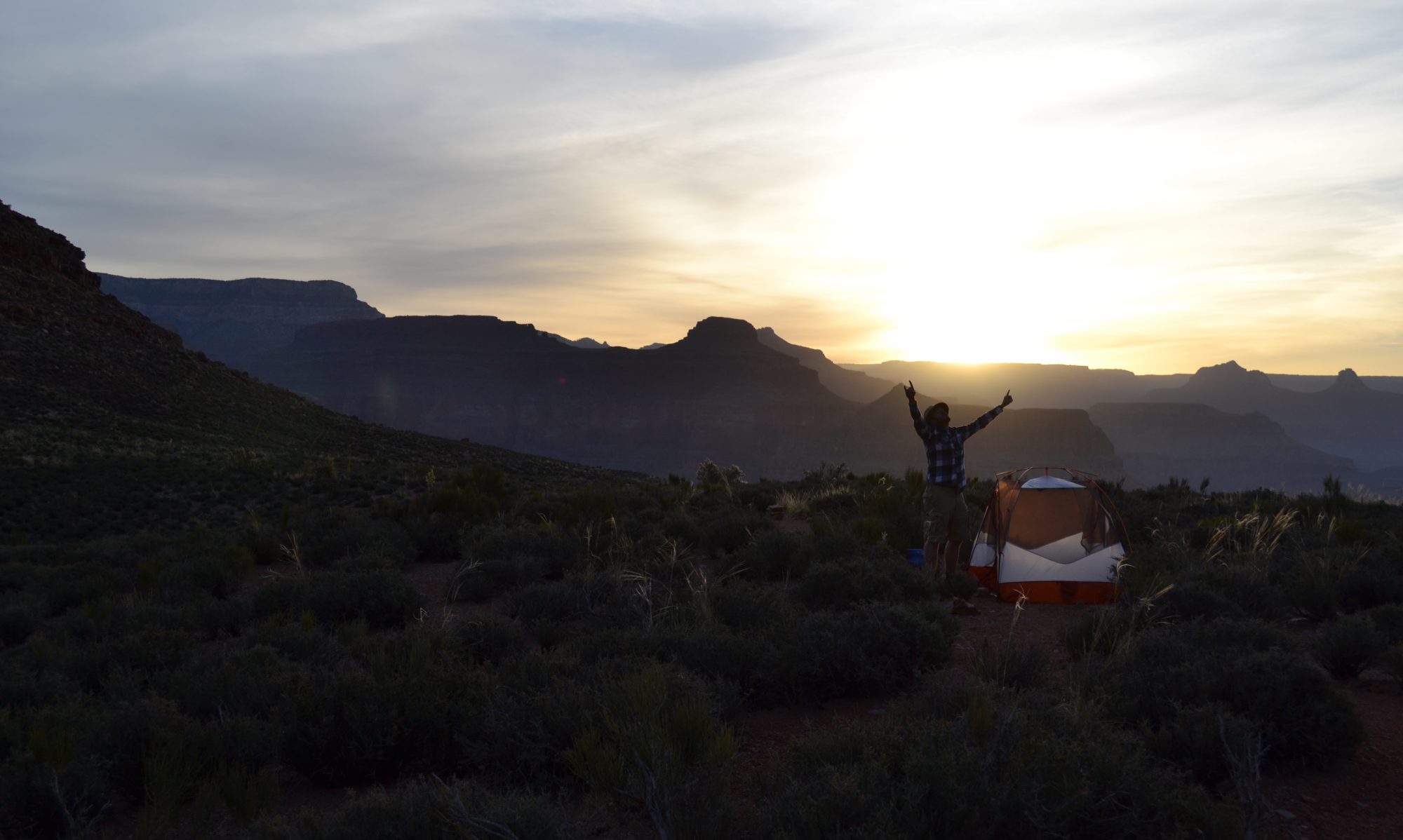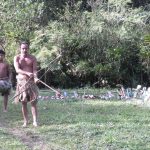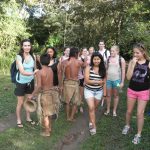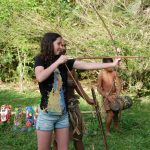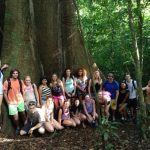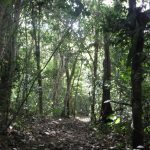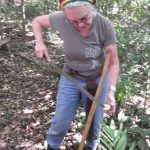Costa Rica GREEN Program: Day 5 (1/12/14)
Capi Capi! After first playfully threatening us with a drawn bow and arrow, two members of the Maleku, an older man and a young boy, cheerfully greeted each one of us with a closed fist tapped twice onto your chest. The older man, dressed in only a grass skirt supplemented with pieces of burlap, spoke to us about the history and culture of his people (with the help of Konrad and Ever translating). Costa Rica has 23 different indigenous territories, 1.7% of the total population. Of the eight indigenous groups, four of them have held onto their traditional language and customs. His people speak both Maleku and Spanish. Our speaker was a medicine man, familiar with the native plants of Costa Rica.
They brought masks for sale, explaining the significance of each of the animals painted onto the local balsa wood. The Jaguar is a leader; the Mariposa (blue butterfly) represents peace, tranquility and love; the coral snake represents medicine and healing; the Tucan is a symbol of a woman’s inner and outer beauty; and the Parrot represents fidelity.
I volunteered first to try out the bow and arrow. Not that I knew what I was doing, but everyone else seemed hesitant and what’s the worst that could happen? I broke the bow. This strong, pliable wood the Maleku man had just so expertly handled was in two pieces as soon as I drew the string back. I didn’t know my own strength. They kindly let me keep half of the bow and brought me another. My confidence was drained and the arrow barely made it halfway to the target. Alas, no one else did much better, though.
We had just toured the grounds of La Reserva Forest Foundation with Roberta, a silver-haired woman with a machete at her hip, a rasta hat, and stories to boot. She had moved here from the States looking for a more sustainable life, which evolved from farming to forest preservation and regrowth to befriending the local indigenous peoples. iPhone in hand, she posted the pictures of our group the next day onto facebook. She’s using it to bring more interest, donors, and volunteers to consider her growing non-profit. Take a look when you have a chance: http://lrff.org/ This connectivity in the middle of nowhere astounds me, even though I’m supposed of the generation that considers this normal. It’s also nice to see social media leveraged as tool for change, not just adorable kittens.
